How to Make Nourishing Beef Bone Broth
Ali Segersten Dec 29, 2015 4 comments
Bone broth may be trending now, but this traditional food has been a staple in ancestral kitchens for centuries. Simmering bones with vegetables, herbs, and a splash of acid yields a deeply flavorful, mineral-rich broth that nourishes from the inside out. It’s more than just a base for soups and stews—it’s a healing tonic for the gut, the immune system, and the nervous system.
One of the reasons bone broth feels so satisfying is because it’s rich in umami, the fifth taste (alongside sweet, salty, sour, and bitter). Umami is that deeply savory flavor that evokes a feeling of “ahhh” after a good meal. It’s found in broths, aged cheeses, tomatoes, mushrooms, and fermented foods like fish sauce or tamari. This taste not only enhances the pleasure of eating but also plays a role in regulating appetite and promoting satiety.
In the colder months, I often make large batches of beef bone broth in my 12-quart stockpot. I simmer the broth on low heat for about three days, replenishing the water as it evaporates. After each day’s simmer, I let the pot cool overnight in the garage, then continue the cooking process the next morning. This slow extraction process allows the collagen matrix in the bones to break down, releasing amino acids like glycine and proline—nutrients that are especially beneficial for those recovering from illness or dealing with digestive challenges.
Glycine is particularly noteworthy. It supports Phase 2 liver detoxification through a process called glycination, which helps the body eliminate harmful compounds. Glycine also boosts glutathione production (your body’s master antioxidant) and supports tissue repair by aiding in collagen synthesis. The acid you add—such as apple cider vinegar or a splash of wine—helps extract these valuable nutrients from the bones and connective tissue, making them more bioavailable.
For those with autoimmune issues, chronic stress or fatigue, allergies, or signs of nutrient depletion, incorporating bone broth into your weekly rhythm can offer gentle, foundational support. It’s also an excellent source of nourishment for children who need extra support for growth and development.
Look for high-quality bones from pastured, grass-fed animals. Knuckle bones, marrow bones, and joints are ideal. I recommend roasting the bones first to develop a richer flavor and to help render out some of the fat. Then simply add filtered water, a few vegetables and herbs, a splash of vinegar, and let time do its work.
I love using this broth as the base for hearty vegetable stews, lentil soups, and nourishing minestrone. You’ll find plenty of recipes in my Nourishing Meals cookbook to inspire your next meal.
This broth is more than just food—it’s an invitation to slow down, reconnect, and nourish your body from the ground up.

About the Author
Alissa Segersten, MS, CN
Alissa Segersten, MS, CN, is the founder of Nourishing Meals®, an online meal-planning membership with over 1,800 nourishing recipes and tools to support dietary change and better health. As a functional nutritionist, professional recipe developer, and author of The Whole Life Nutrition Cookbook, Nourishing Meals, and co-author of The Elimination Diet, she helps people overcome health challenges through food. A mother of five, Alissa understands the importance of creating nutrient-dense meals for the whole family. Rooted in science and deep nourishment, her work makes healthy eating accessible, empowering thousands to transform their well-being through food.Nourishing Meals Newsletter
Email updates.


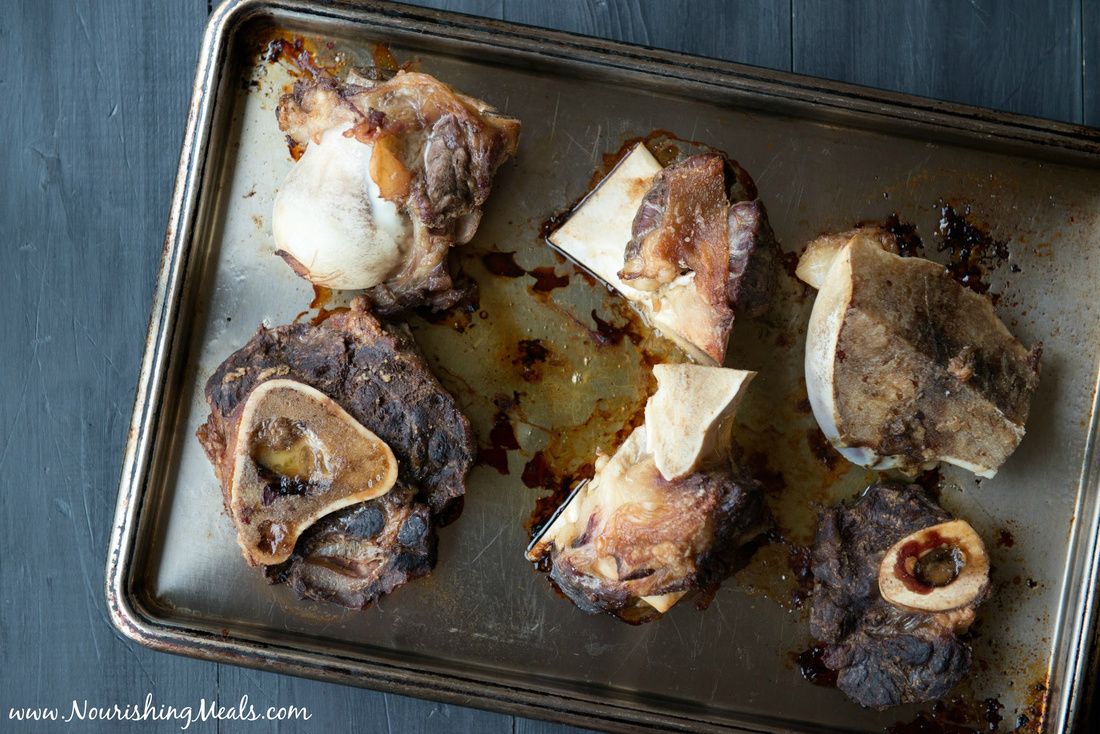

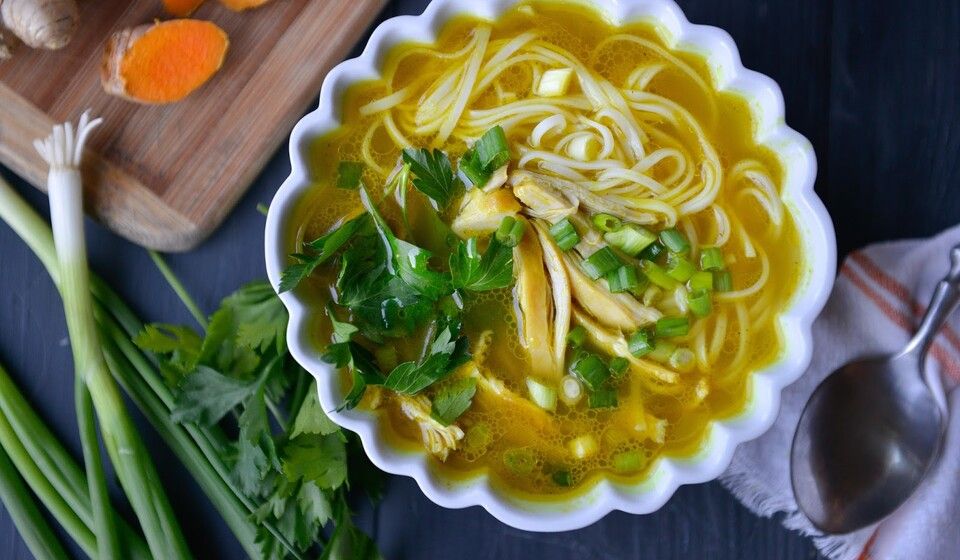
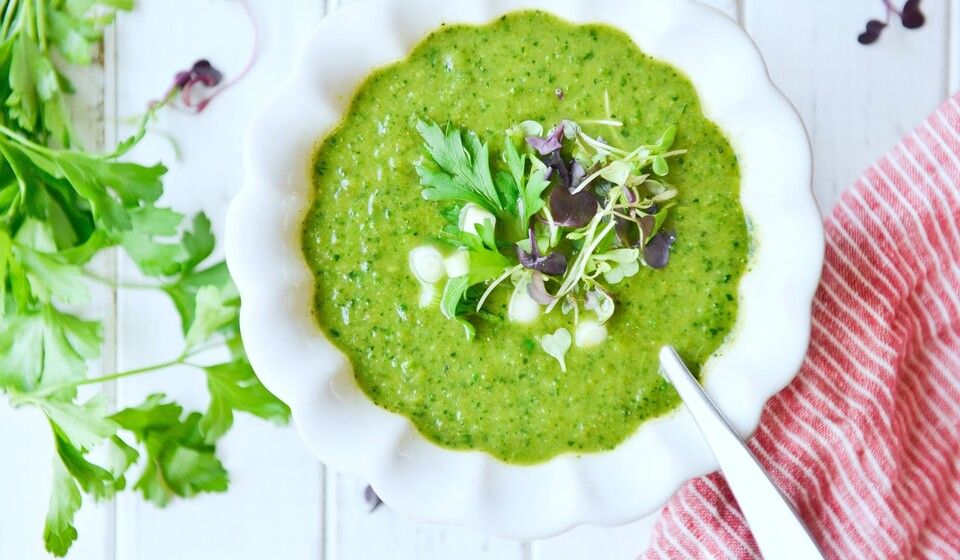
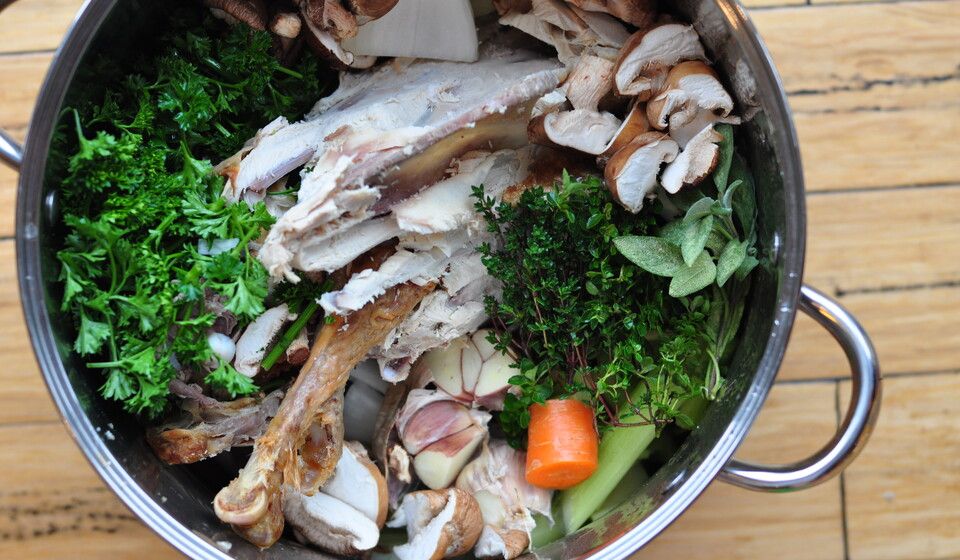
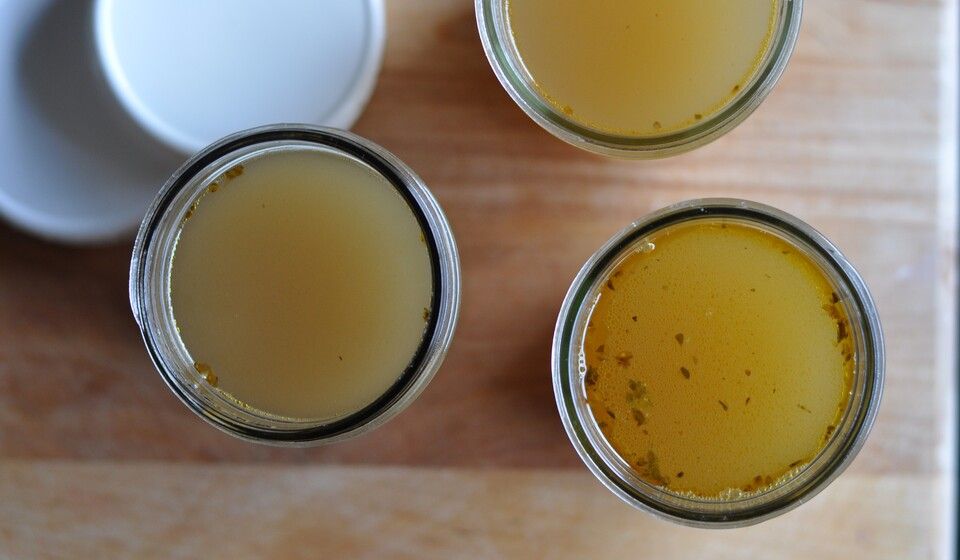
Add Comment
Comments
Hi Janice,
Yes! You can replace it with 4 tablespoons of vinegar. I'm glad you are enjoying the site, thank you! 😊
In the Healing Beef Bone Broth Recipe, can we substitute apple cider vinegar for the 1 cup wine, and if so, how much apple cider vinegar would we use? Love your site! Thank-you!
Miss your posts. Thank you for your inspiration!
That is a great tip about freezing the jars and adding the lids after it's frozen. I've been freezing my broth in bags and not too happy about the plastic bags but didn't want my glass jars breaking. Thanks for the tip!